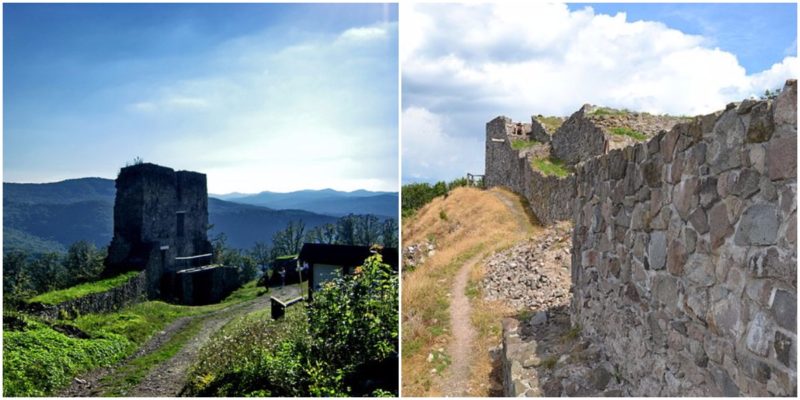The remains of the medieval castle of Pustý hrad are situated on a hill covered with old forest just south of the town of Zvolen in the central European country of Slovakia. The castle stretches over approximately 76,000 square meters of land and is one of the largest medieval castles in Europe.
Initially, the castle was known as Zvolen Castle. Today, it is known as Old Zvolen. The name Pustý hrad (which means Deserted castle) is used to avoid ambiguity because today’s Zvolen Castle and the ruins of Old Zvolen Castle are two different sites.
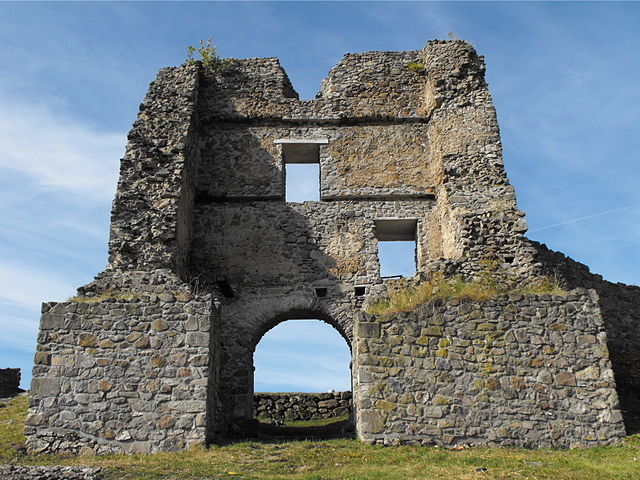
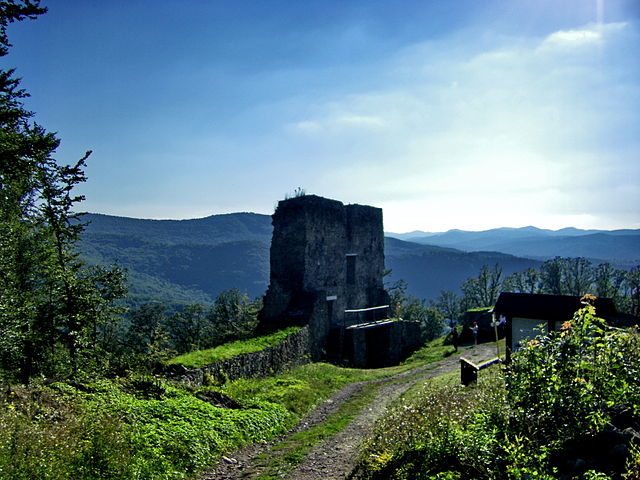
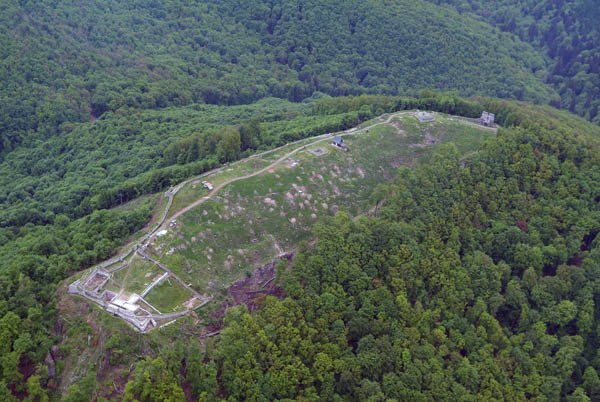
The region has been inhabited since the beginning of European civilization. Artifacts have been found at this site that date back to the Stone Age. The Hron river valley has a good climate and has held strategic importance throughout history and been the site of many strongholds and settlements.
Many artifacts from the Bronze Age and Iron Age have been discovered here, and imported Roman pottery has even been found. Later parts of Pustý hrad were constructed in the 9th century as a settlement of the Slavic period on the ruins of older structures from older communities and civilizations.
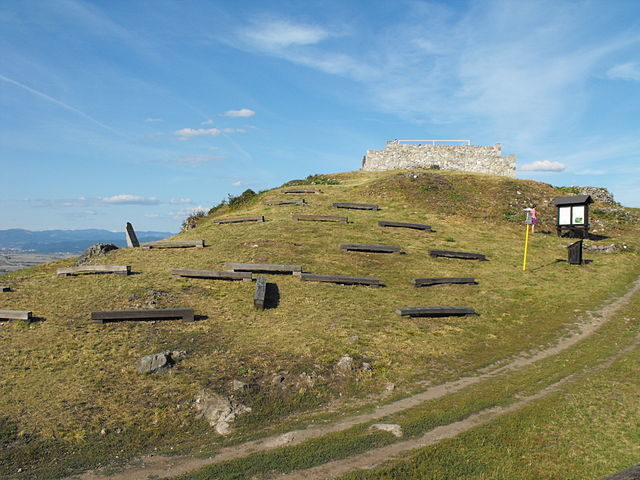
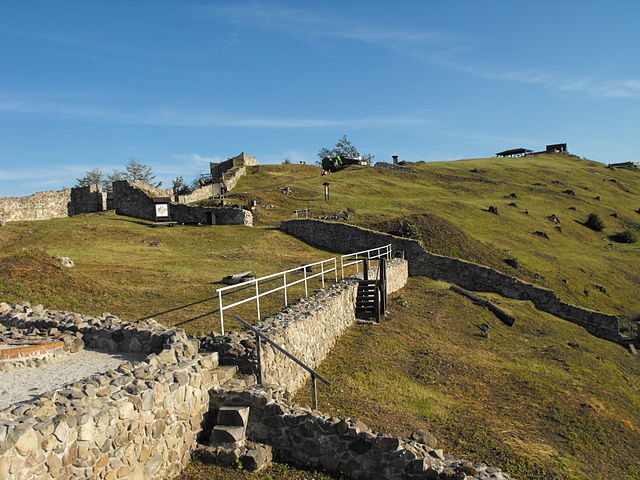
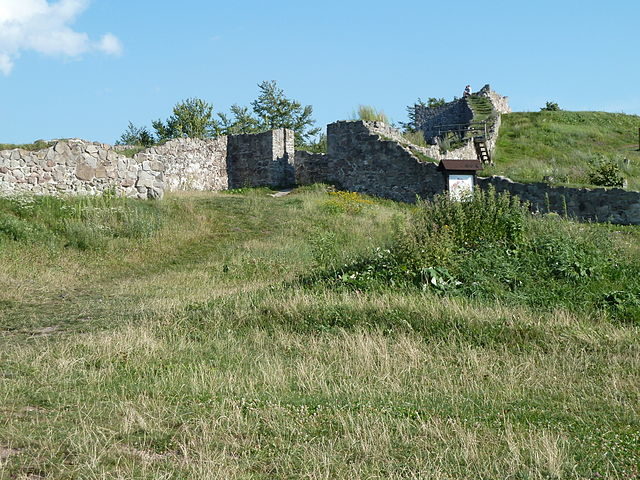
The castle was a regional center that was part of the Kingdom of Hungary. The oldest surviving stone buildings are linked to the King Béla III of Hungary. The 12th-century keep is situated at the highest point of the hill, which at one time was 164 feet high. In the 13th century, a large part of the existing castle was completely fortified by the stonemason Bertold in order to protect the people of Zvolen from a Mongolian invasion. The castle is formed of the Upper Castle and the Lower Castle. Both parts were encircled by colossal fortifications. The castle was first mentioned in written documents in the chronicle Gesta Hungarorum in the early years of 13th century.
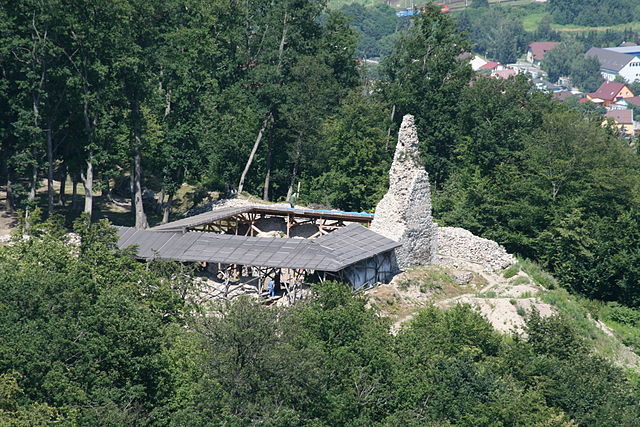
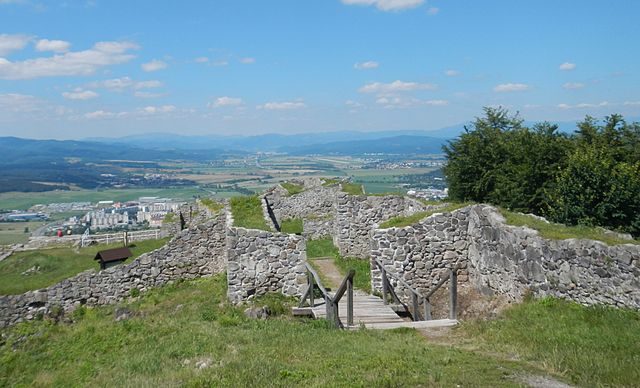
The castle was later upgraded in the time of the counts Demeter and Donč from the Balaša family. The knight Donč was a nobleman and diplomat in the court of King Charles I of Hungary. He traveled through western Europe and was deeply impressed by the architecture of French castles and so consequently ordered Gothic modifications of the whole castle. The lower castle was completely remodeled and a tower with four floors was built at the entrance to the Upper Castle. A terraced courtyard, a water tank, a palace, and other buildings were erected on the north side of Pustý hrad. Today, that side of the castle is called the Donč Castle.
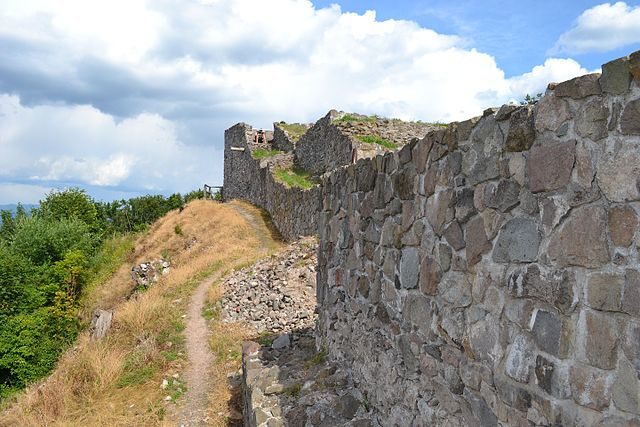
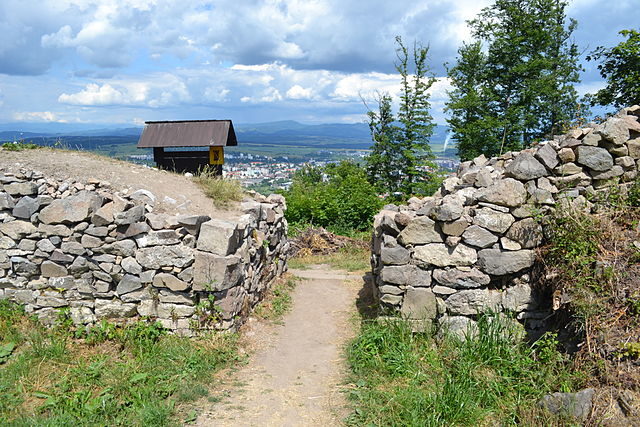
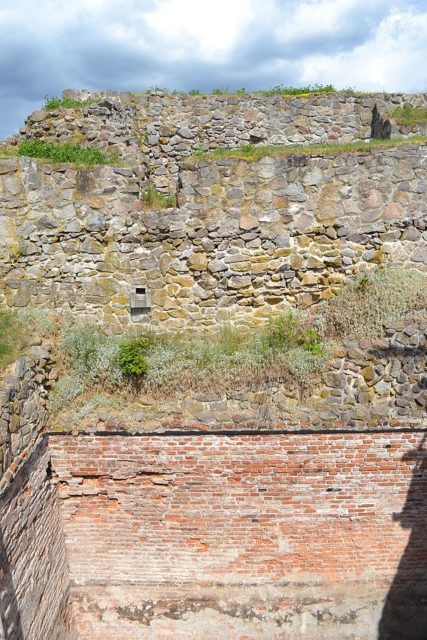
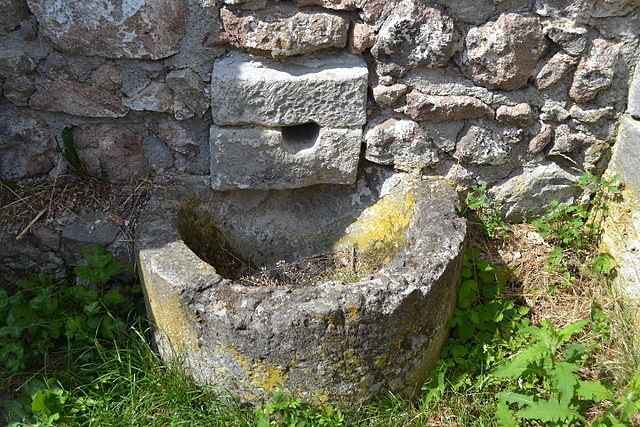
The castle was burned to the ground in 1452 during the war between John Hunyadi and John Jiskra of Brandýs. Soon it lost its role as a significant point in the region. The last building constructed at the site was guard tower from the late 16th century. Since 1992, the castle has been systematically excavated, preserved, and reconstructed.
